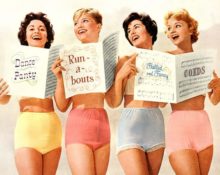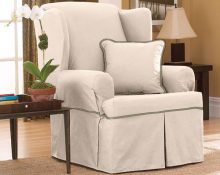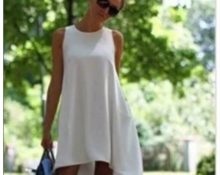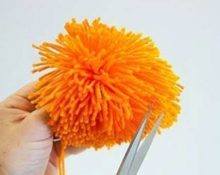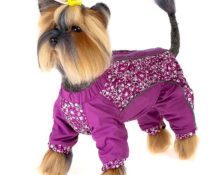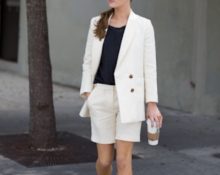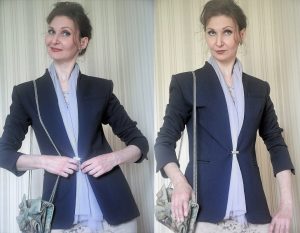
sdelay.sam.ua
All sewing lovers have at least once used patterns from the famous Burda magazine. Sewing from imported magazines was especially popular in Soviet times, when it was impossible to find an exclusive, non-standard item. Now the popularity of sewing has decreased slightly. This is explained by the huge selection of ready-made clothes in stores, on the Internet, and in shopping centers. Along with the range of outfits, the number of fashion publications has also expanded. One of Burda's main competitors is Patrone.
The birthplace of the popular magazine is Spain, and the first issue was published in 1985. It was released in its native language until 1987, then Italian and German versions appeared. It was possible to meet Russian publications in the period from 1997 to 1999. The development of models for the fashion magazine is carried out exclusively by famous couturiers and prestigious designers. The minimum number of models in a room is thirty, the maximum is seventy-five. Each of them comes with:
- One or more photos;
- Model description;
- Detailed technical image;
- Pattern. It comes in three sizes.
The magazine can be found on the shelves of newsstands and supermarkets. There are also special editions. They are dedicated to children's fashion, carnival outfits or models for overweight people.
Description Patrones, patterns - advantages and disadvantages
Before you start sewing a product, you need to carefully study the photo and cut. It may not suit your body type, regardless of the magazine or website where the pattern was taken. Therefore, it is better to study its online version before purchasing a publication. One of the advantages of Patrones is the availability of a clear and accessible resource on the Internet. Other advantages of the publication that seamstresses note:
- There is a special table with which you can easily select the appropriate size for the pattern before remaking it.
- Rough, matte paper is used to create patterns. Its density is higher than in other popular fashion publications.
- The outline of all models is highlighted in a separate color. This makes working with the pattern easier.
- Each issue contains eight children's models.
- Each issue has a special pattern. This is a product from a famous fashion designer, presented at the latest shows.
- According to readers, the models in Patrones are much better than in the famous Burda Style. Burda notes the repetition of some models from previous publications.
But there are also a number of disadvantages of a fashion magazine. There are three in total:
- Despite the model range from sizes 36 to 58, there are only three patterns for all models, that is, three sizes. It is not always possible to find the size of the product you like by yourself.
- In the model parade section there are many technical drawings, but they are very small.Sometimes it is difficult to see the information you need.
- There are very few or no models for plus size people.
Sewing and cutting Patrones - features
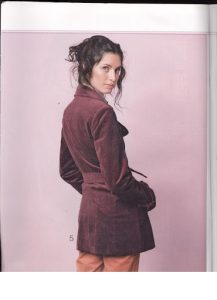
sdelay.sam.ua
To sew any item you need a pattern. If it is a simple product, such as a vest or summer sundress, you can make it yourself. But in order to make a high-quality elegant dress or fashionable suit, it is better to use patterns from special magazines like Patrones. All patterns contain a lot of significant information. Inscriptions, numbers or symbols are used to designate them. The most important of them:
- Place where the material is folded. The pattern indicates where the fabric needs to be folded. This means that the part must be laid out taking into account the grain, the bend of the material - strictly along the edges. In this case, allowances are not allowed.
- Lobar thread and its direction. Indicated by an arrow signed DN or lobar threads. Elements must be applied to the material strictly in this direction. That is, the arrow and the shared thread on the canvas coincide.
- Special marks. Patterns are sometimes full of short segments and triangles. They help in sweeping and combining elements.


 0
0